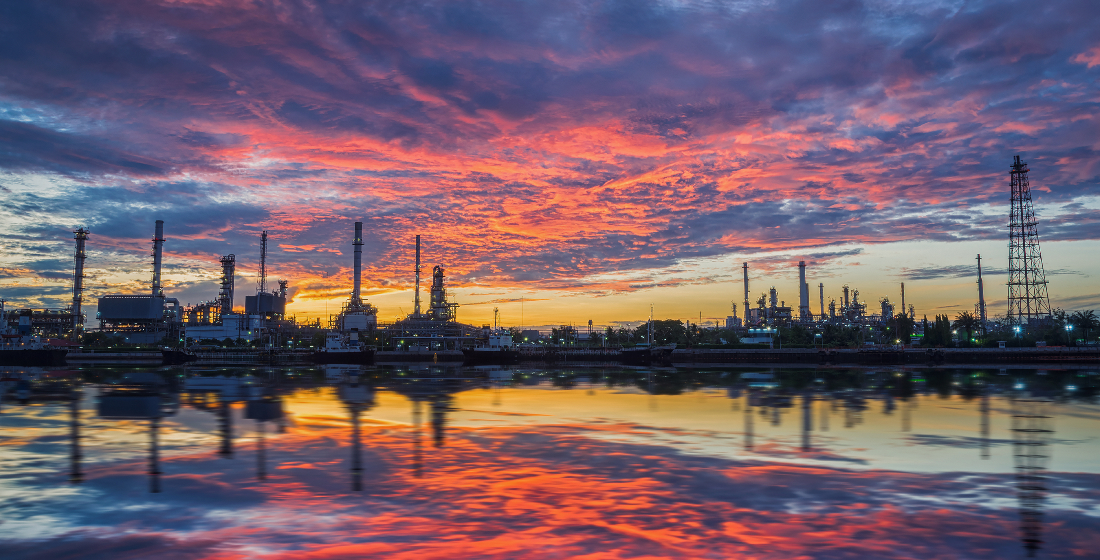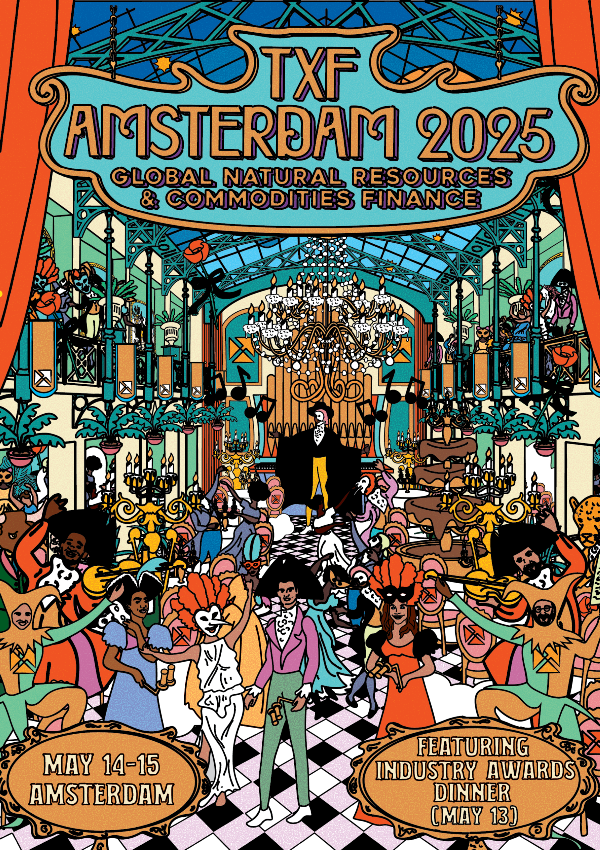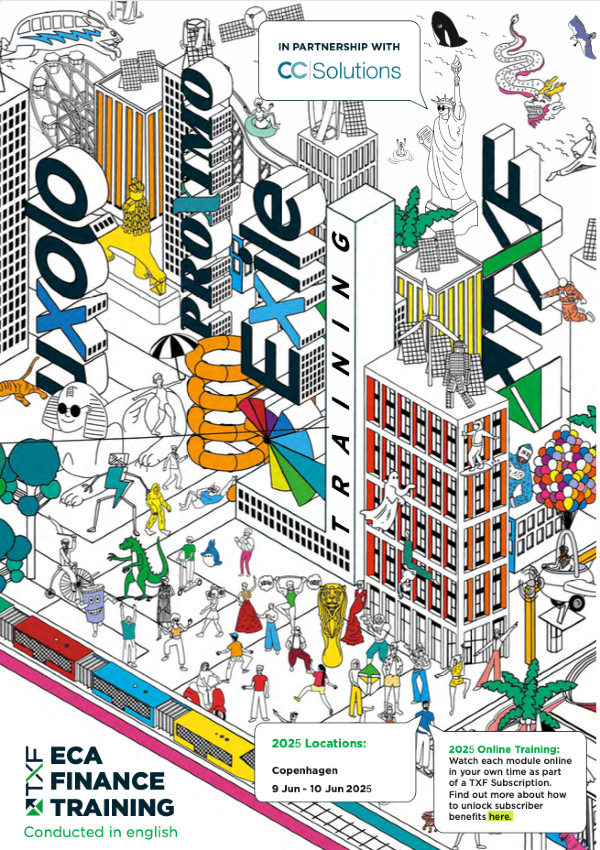Responsible commodities sourcing – not just an issue for the LME
The LME has decided not to ban Russian metals. Is it the right move or tacit recognition that the pressures on commodities markets spawned by war, growing demand for energy transition materials and ESG compliance are becoming increasingly irreconcilable?

Spare a thought for Matthew Chamberlain, CEO of the London Metals Exchange. In April he was all set to depart for crypto custody venture Komainu. Instead he stayed to face one of the most bruising years in the LME’s 145-year history.
The LME has been caught between dual rocks and dual hard places this year. Problems began in March, when the LME suspended its nickel market and cancelled billions of dollars in deals when prices reached record highs because of supply angst caused by Russia’s invasion of Ukraine. The LME move was to avoid what it claims would have been a market death spiral – in short, systemic risk. The exchange is now being sued by traders and hedge fund managers that stood to profit from the volatility, and is also being investigated by UK regulators for failing to ensure orderly market conditions.
With its credibility as a global trading market already being questioned, the LME then fell into a new crisis – should it ban Russian metal from its trading floor and warehouses given the problems over-reliance on Russian energy has caused for Europe’s energy markets? After a month of debate, the LME has reached a decision – no.
Arguably the question was always one for the politicians rather than the LME, although perhaps the exchange was trying to get a head start on what will likely become a snowballing issue the longer Russia’s invasion of Ukraine continues. Either way, a discussion paper was distributed to LME members at the end of October. The resulting debate reflected the growing geopolitical pressures that are influencing decisions over commodities globally. Trading in Russian products is politically toxic and the problem for the LME, as argued by many industry participants, is that a failure to ban them will simply lead to traders self-sanctioning. If traders boycott Russian metal in large numbers, LME warehouses could be filled with unwanted stock. Prices for non-Russian metal would be set at a premium and a two-track system would emerge, further damaging the LME’s position as a reliable marketplace.
Concurrently, key metals players are caught between consumer trends that do not easily coalesce: consumer demand for battery metals for the green energy transition; and consumer demand that the metals sector meets high ESG standards. It is more important than ever that producers and traders clearly define their approach to responsible sourcing in an industry that has always struggled to embrace ESG. And the evidence of the past nine months would suggest that this problem is only growing in complexity.
The west has not yet systematically sanctioned metal in recognition of the importance of Russian supply to global industry and trade. Russia supplies around 6% of the world’s aluminium and is one of the world’s largest nickel producers, alongside Indonesia. While Europe has found alternative sources of energy, albeit with difficulty, businesses have warned that a ban on Russian metal would lead to unavoidable and significant disruptions to industrial output. It is the absence of state sanctions that has guided the LME’s final decision; it stated that “while there is evidently an ethical dimension as to the global acceptability of Russian metal, we believe the LME should not seek to take or impose any moral judgements on the broader market”.
Market reaction to LME decision?
By refusing to step ahead of the regulators, the LME has protected itself from any immediate political backlash. However, it is unclear how the market will react over the coming months. As Keith Wildie, Head of Trading at Romco Group, put it to TXF: “There’s no real change to the market in terms of the supply demand dynamics that we currently have. Given that this has been raised, though, certainly I think there’s a hesitancy in the market with respect to this material”. Traders will now have to independently decide whether to renew contracts for Russian metal in 2023.
The issue at hand for many buyers of metal is how to meet the consumer demand for products while showing those consumers that they have invested in ethical supply chains. Responsible sourcing initiatives have many familiar ESG-related KPIs, including carbon emissions targets or social welfare goals in mining communities. Since 2019, the LME has asked its brand producers to provide an environmental management certification, an occupational health and safety certification, and, crucially, evidence of compliance with the OECD’s Due Diligence Guidance for Responsible Supply Chains of Minerals from Conflict-Affected and High-Risk Areas. The result of this consultation process was the LMEpassport, a centralised digital register containing disclosures from members and a combination of taxonomies that provide clear guidance for each metal on its exchange. Upon its first reporting deadline in June 2022, the LME announced that it had reached a 96% response rate from its members.
Clearly, there are pitfalls for the LME in the next reporting cycle, which will be the first to include the war in Ukraine. According to the OECD Guidance, participants will not ‘contribute to, assist with, or facilitate the commission by any party of… gross human rights violations and abuses such as widespread sexual violence, war crimes, or other serious violations of international humanitarian law’. The LME will presumably continue to avoid issuing its own judgements on whether Russia has breached these guidelines. This is indicative of the position the LME finds itself in; many would have seen an outright ban as pre-emptive, but as long as Russia’s war of aggression continues it seems likely that the LME will face repeated questions over its responsible sourcing credentials.
Outside of the LME’s industry leading brands, much of the mining industry is artisanal, or located in countries with low environmental and social standards. This poses a new problem for those looking to diversify supply chains away from Russia. Edward Meir, President of the Commodity Research Group, puts the dilemma succinctly: ”In the electric vehicle space the current battery technology means that we need a lot of nickel, cobalt, and lithium. All of that is primarily sourced from Indonesia, China, and the Democratic Republic of Congo (DRC). You’re not going to find very responsible sourcing for these three countries overnight.”
It seems certain that regardless of further sanctions, Russian metal will continue to find buyers. Glencore has already announced a renewal with Rusal, the Russian producer, as part of its deal to supply 6.9 million tonnes of aluminium from 2020 to 2024. According Meir, the LME debate “raises the question as to whether there is a two-track system in place, whereby Russian metal is going to countries that are not observing the sanctions completely or that have no interest in abiding by them”. One theory Meir suggests is that Chinese firms will take advantage of discounted Russian metal to increase its own exports and thereby conduct “a very lucrative arbitrage”. For the western economies, it seems increasingly unlikely that they will be able to decouple their supply chains from both China and Russia, despite the rhetoric that might say otherwise.
The TXF perspective
How then might countries be able to secure their mineral supplies while resolving concerns relating to geopolitics and sustainability? Two trends are emerging as the mining industry adapts to its new role on the global stage. In the first place, states are increasingly looking to regionalise supply chains around sites of extraction. Much has been made of the critical minerals strategy papers published by a number of western governments in recent months, often with reference to growing tensions between the United States and China. At present most of the world’s metal must pass through China given its overwhelming dominance in the refining process. However, Kwasi Ampofo, Head of Metals and Mining at BloombergNEF, argues that long-term environmental and economic pressures will prove far more consequential for localisation: ‘If you build a precursor plant in the DRC, produce the cells in Poland, and then assemble the battery in Germany, you could reduce your emissions by 23% compared to producing the precursors in China and shipping them to Germany to produce the batteries there… in order to have an attractive product in regions like the EU, it makes more sense to build the supply chains within those regions, or closer to where the action is.”
The other notable developments lie in the realm of technology. For many in the commodity markets, blockchain is, as Wildie puts it, “a holy grail”. The ability to monitor and track supply chains from end to end digitally would offer obvious benefits for responsible sourcing. While localisation has environmental and economic benefits, it does not resolve concerns over transparency and violence in the industry. Given concerns over fraud have dogged the mining industry in recent years, it could be the key to unlocking greater investment. Yet as Wildie’s observation suggests, those hopes remain unfulfilled for now.
There have been numerous efforts to establish industry-wide databases, including the World Economic Forum’s Carbon Tracing Platform, and the Responsible Sourcing Blockchain Network. Despite the support of big traders, producers, and manufacturers including Glencore, Anglo-American, Tata Steel, Volkswagen, and Ford, both projects have made little public progress since their pilot phases in 2019 and 2020. For Ampofo, these innovations often hide a simple truth about commodity trading – change first needs to happen in the physical world: “It’s human beings that create that entry point for the data to be fed into the system. The integrity of that entry point, the robustness of what is happening on the ground is what will make the technology viable.”
Geopolitical turmoil, consumer demands, transparency, regionalisation, and technological change; these are all pressures that have emerged with the mining industry’s new status on the global stage. The LME’s efforts at crisis management in 2022 offer a reminder of the forces holding back fresh investment, even at a moment when demand is set to soar. For Wildie, producers, traders, and banks must use this potential as a launch pad, even when short term distractions intervene: “It’s fairly cut and dry…(conflict) creates a dynamic environment that we need to manage. But at the end of the day, it doesn’t change our goal. And the goal is achieving sustainability.”





